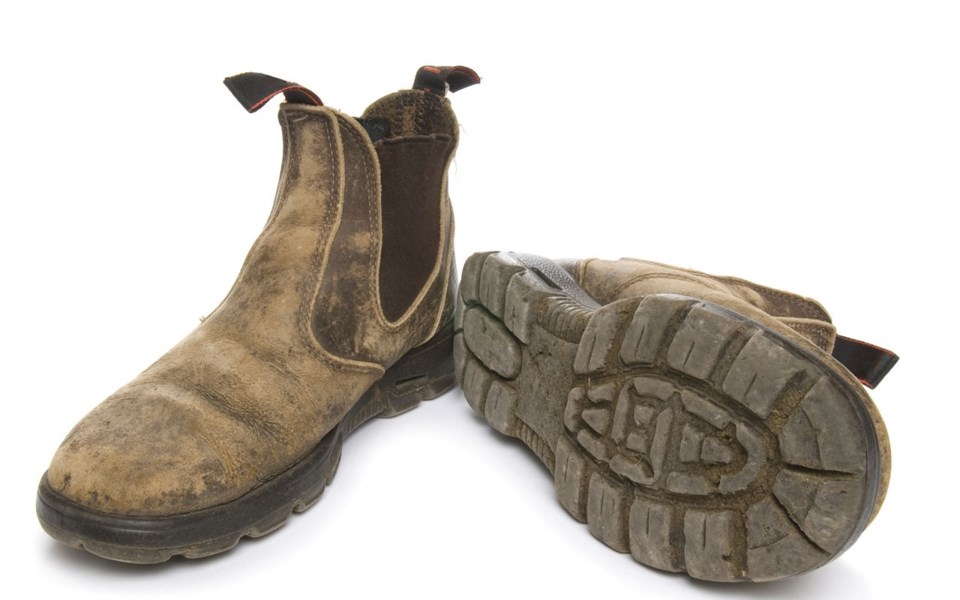When I first moved to Whistler nearly six years ago, I continued to tromp around in my footwear of choice: leather Madewell boots with a chunky, three-inch heel.
At least, for about two days.
It only took 48 hours to realize I had it all wrong. In Whistler, heels were strictly the realm of drunk Lower Mainland bachelorettes stumbling around the village in miniskirts—arms linked, veils flowing.
Locals wear Blundstones, sneakers or flip flops. Anything else gives you away as an outsider; it screams, "You're trying too hard."
My fashion sense quickly declined from there. Dresses got shoved to the back of my closet, the rest of my shoe collection stayed packed away and anything even vaguely uncomfortable eventually found its way to the Re-Use-It Centre.
But it wasn't all bad. In fact, it was kind of liberating.
As soon as you discover that t-shirts and jeans (not to mention snowpants and ski boots) are acceptable in virtually any circumstance you might find yourself in, there's no going back.
What's stranger though is how your perception of what's fashionable or attractive quietly morphs without you even noticing—until you find yourself coveting a particularly well-fitting puffy coat or a toque with just the right structure and roll-up.
Turns out, this also applies to your perception of the gender to which you're attracted. A few years ago my female cousin—who was single at the time—came to visit during the World Ski and Snowboard Festival.
Heading off to the opening party of what was then called State of the ART, I offered her some insight into what was to come.
Me: "There are going to be so many cute guys there."
She: "Yeah, but they'll all be in toques and have beards."
Me: "Yeah! It'll be awesome!"
Turns out, as an Edmonton lawyer, she preferred her men clean cut and in suits—the polar opposite of the Whistler man-child look I had come to appreciate.
This week, I interviewed Darrin Martens, curator at the Audain Art Museum, who is always well dressed. He's leaving Whistler for a job in Ontario after three years in his role. During our chat, he used his fashion sense to illustrate how he never quite fit in.
"I have really enjoyed being in Whistler and being part of the community. I don't think it's a secret; I'm not part of mountain culture in any way. I think I have stood out in a number of ways. I think the biggest one is wearing bow ties," he said, with a hearty laugh.
On the opposite end of the spectrum is another local in the arts section this week—only she's been here for decades and isn't leaving any time soon. Isobel MacLaurin might be best known for her bright, lively art—in fact, she's considered one of Whistler's first recognized artists. But her penchant for bright, lively clothing is also central to her character. So much so that the career-spanning exhibit on her work is called "Don and Isobel — The Life, the Legend, the Laughter, the Leathers."
Isobel reportedly ensured that "leathers" was plural because she boasts more than one leather outfit.
To some, clothing might be considered superficial and meaningless. There are many better things to strive for than being fashionable—like being kind, useful, smart. But still, our sartorial sense also conveys a lot about what's going on beneath the surface. Are we keen on blending in? Hell bent on standing out? Or do we feel a deep sense of joy and warmth for the world around us that we want to outwardly express?
My choice of clothing might be more subdued than it was half a decade ago, but for me it conveys three things: I'm comfortable in my own skin, I'm comfortable calling this place home and, since ditching the heels, I'm just plain comfortable.




